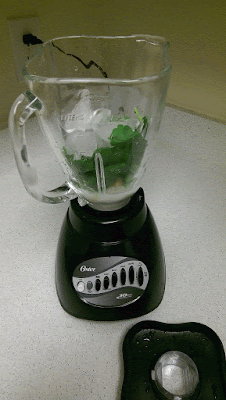It’s harvest time, Trucking Nation! And for more than just for crops. Your Heavy Vehicle Use Taxes are due on your agricultural vehicle by the end of the month.
So get ready to renew your tags, farmers! Because keeping your tags up-to-date and filing your HVUT on time is a great way to stay in the good graces of the IRS. And you need to file your 2290’s so you’ll able to renew your vehicle registration on time, or you could face serious consequences and penalties.
Filing for suspended, logging, or agricultural vehicles is a little bit different than filing for a taxable vehicle. Because Agricultural Vehicles get a larger allotment of mileage before they are considered taxable and not suspended vehicles. For example, regular taxable vehicles have a 5,000 mile limit before they are no longer considered suspended, while agricultural vehicles have a 7,500 mile limit.
While the difference in how you file isn’t anything extreme, we’ve got a handy dandy guide to show you how to file specifically for agricultural vehicles.
How to File for Agricultural Vehicles
When e-filing for agricultural vehicles, simply follow the same three easy steps as usual, but with a slight twist when entering your vehicle information.
Step 1: Account Setup
- If you already have an account with us, all you have to do is login.
- However, if you’ve never created an account with us before, then go ahead and select “Create Account,” and then enter your email address and a password of your choosing to get started.
- Pro-tip #1: To save time, you can also choose to login with your Google Account, or Facebook Account.
- Next, enter your business details. Including your EIN, business name, and signing authority.
- Select “File for Current Tax Year,” and then finally, click “Next” to move on to vehicle details.
Step 2: Vehicle Details
- This is where you all all of your vehicle information. If you’re a returning user, chances are you have some vehicles saved in Truck Zone.
- But if you’re a new user, you have some choices on how to upload your new vehicle information. You can enter the vehicles one-by-one manually, or you can use an excel file.
- Remember to choose the right section for your vehicle. Since you are using agricultural and farming equipment, your vehicle may be classified under suspended if you’re under 7,500 miles for the tax year.
- If this is the case, skip the taxable vehicle section and choose to add your vehicle under suspended instead.
- If your vehicle has gone over the mileage limit, simply add your truck under “Taxable Vehicles” and move on to the next step.
Step 3: Transmit
- Next, review your details and make certain everything is correct. Our system will also review your information for you, just in case.
- And finally, you can securely transmit your return to the IRS, and get your Stamped Schedule 1 back via email in minutes.
That’s it! It really is that simple. Three tiny steps that are imperative for staying compliant and renewing your vehicle registration come tax season.
If you need any help along the way, just ask our dedicated support legends! You can give them a call at 704.234.6005 during our new extended business hours from 8AM to 8PM EST, or you can shoot them an email at support@expresstrucktax.com for 24/hour support in English and Spanish.















